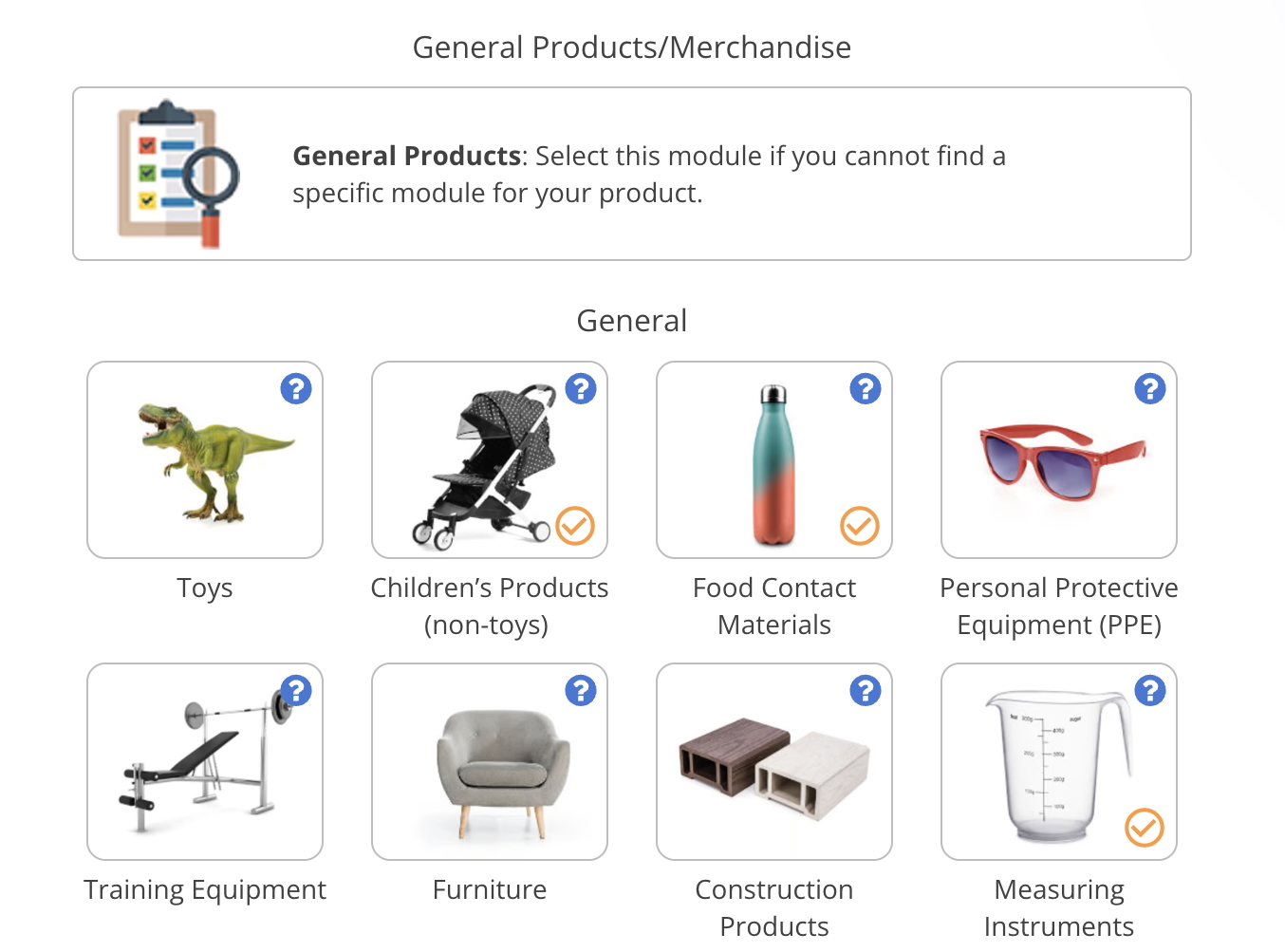
Pumps manufactured or imported to the EU are covered by different types of regulations and directives, according to the type of pump. In this guide, we cover the Machinery Regulation, the Construction Products Regulation, and other requirements that are relevant for pumps.
Content Overview

FREE CONSULTATION CALL (30 MIN)
 Ask questions about compliance requirements
Ask questions about compliance requirements Countries/markets:
Countries/markets:
 Learn how we can help your business
Learn how we can help your business
You will speak with:Ivan Malloci or John Vinod Khiatani
Which EU regulations apply to pumps?
Below follows a list of selected compliance requirements for pumps in the European Union. Note that additional requirements can apply. Further, the listed requirements are relevant to the following types of pumps:
- Vacuum pumps
- Liquid pumps
- Fire-fighting pumps
- Heat pumps
- Metering pumps
- Rotodynamic water pumps
- Water jet pumps
- Bilge pumps
- Bilge-pumping systems
- Electrical heat pumps
- Stationary circulation pumps for heating and service water installations
- Photovoltaic pumping systems
Machinery Regulation (EU) 2023/1230
| Overview | Information |
| Relevancy | 1. The Machinery Regulation covers machinery, partly-completed machinery, and certain related products like lifting accessories and safety components for instance. This regulation is set to repeal the Machinery Directive from 20 January 2027.
2. A pump unit fits the definition of machinery under the regulation, as a pump is an assembly of moving parts typically driven by a motor to move items like liquids. Here are some examples of covered pumps:
|
| General requirements | 1. Comply with relevant safety requirements and harmonised standards
2. Follow the relevant conformity assessment procedures |
| Documentation | 1. Declaration of conformity
2. Declaration of incorporation (for partly completed machinery) 3. Technical documentation 4. Instructions for use 5. Safety information |
| Labelling requirements | 1. CE marking
2. Traceability information |
Construction Products Regulation (EU) 2024/3110
| Overview | Information |
| Relevancy | 1. This regulation covers construction products. It is set to repeal the Construction Products Regulation (EU) 305/2011 from 8 January 2026.
2. It covers pumps that are designed to be incorporated into construction works in a permanent manner. For example, buildings with piping systems could incorporate heat pumps. |
| General requirements | 1. Comply with the relevant harmonised standards or take the european technical assessment route
2. Follow the relevant assessment and verification systems 3. Digital product passport |
| Documentation | 1. Declaration of performance and conformity
2. Technical documentation 3. European assessment documents |
| Labelling requirements | 1. CE marking
2. Traceability information 3. Environmental sustainability labelling requirements 4. Warnings |
Ecodesign Directive 2009/125/EC
| Overview | Information |
| Relevancy | 1. This directive covers energy-related products. There are regulations that are created to implement the directive. The implementing regulations contain ecodesign requirements for specific products.
2. Specifically, Regulation (EU) No 547/2012 set ecodesign requirements for water pumps, such as rotodynamic water pumps. 3. Besides that, there exist other implementing measures that mention “pumps” in the context of spare parts or components, such as: Regulation (EU) 2019/2023 laying down ecodesign requirements for household washing machines and household washer-dryers Regulation (EU) 813/2013 regard to ecodesign requirements for space heaters and combination heaters |
| General requirements | 1. Satisfy the applicable ecodesign requirements
2. Comply with the relevant harmonised standards 3. Follow the relevant conformity assessment procedure |
| Documentation | 1. Declaration of conformity
2. Technical documentation |
| Labelling requirements | 1. CE marking
2. Traceability information 3. Additional labelling information required by the applicable implementing regulation |
Ecodesign for Sustainable Products Regulation (EU) 2024/1781
| Overview | Information |
| Relevancy | 1. This regulation introduces a framework that contains ecodesign requirements for many products.
2. It repeals the Ecodesign Directive, and it mentions that parts of the directive will continue to apply to water pumps. |
| General requirements | 1. Follow the requirements contained in delegated acts
2. Apply the relevant harmonised standards 3. Apply the relevant conformity assessment 4. Digital product passport |
| Documentation | 1. Declaration of conformity
2. Technical documentation 3. Safety information and the instructions |
| Labelling requirements | 1. CE marking
2. Traceability information |
Pressure Equipment Directive 2014/68/EU
| Overview | Information |
| Relevancy | 1. This directive contains requirements for pressure equipment.
2. It applies to products that are designed to operate with a maximum allowable pressure greater than 0.5 bar. We found that there are harmonised standards for heat pumps. |
| General requirements | 1. Comply with the relevant harmonised standards
2. Follow the applicable conformity assessment procedures |
| Documentation | 1. Declaration of conformity
2. Technical documentation 3. Instruction for use |
| Labelling requirements | 1. CE marking
2. Traceability requirements |
Recreational Crafts Directive 2013/53/EU
| Overview | Information |
| Relevancy | 1. This directive covers recreational crafts, personal water crafts, propulsion engines, and certain components.
2. This directive can apply to certain pumps. For instance, a water jet pump used in a propulsion engine for a personal watercraft are mentioned by the directive. 3. Here is an example of products mentioned in either the directive or harmonised standards:
|
| General requirements | 1. Comply with essential requirements and relevant harmonised standards
2. Follow the relevant conformity assessment procedures |
| Documentation | 1. Declaration of conformity
2. Technical documentation 3. Installation instructions 4. Instructions and safety information |
| Labelling requirements | 1. CE marking
2. Traceability information |
Electromagnetic Compatibility Directive 2014/30/EU
| Overview | Information |
| Relevancy | 1. This directive applies to electronic and electrical equipment. It ensures that products are electromagnetically compatible so that they do not interfere with other devices.
2. Pumps which incorporate electronic parts are usually covered by this directive. |
| General requirements | 1. Comply with essential requirements and relevant harmonised standards
2. Follow the relevant conformity assessment procedures |
| Documentation | 1. Declaration of conformity
2. Technical documentation 3. Documentation for fixed installations 4. Information concerning the use of apparatus |
| Labelling requirements | 1. CE marking
2. Traceability requirements |
Low Voltage Directive 2014/35/EU
| Overview | Information |
| Relevancy | 1. This directive covers products operating with a voltage range of between 50 and 1, 000 V for alternating current and between 75 and 1,500 V for direct current, and ensures that they are safe for operation.
2. Pumps that have electronic parts that operate within the above voltage range are covered by the directive. 3. Here are some examples of covered products:
|
| General requirements | 1. Comply with safety objectives and relevant harmonised standards
2. Follow the relevant conformity assessment procedures |
| Documentation | 1. Declaration of conformity
2. Technical documentation 3. Instructions and safety information |
| Labelling requirements | 1. CE marking
2. Traceability information |
RoHS Directive 2011/65/EU
| Overview | Information |
| Relevancy | 1. This directive restricts the use of hazardous substances in electronic and electrical equipment.
2. Thus, it covers pumps that include electronic and electrical components. |
| General requirements | 1. Comply with the relevant harmonised standard
2. Follow the conformity assessment procedure 3. Comply with substance restrictions |
| Documentation | 1. Declaration of conformity
2. Technical documentation |
| Labelling requirements | 1. CE marking
2. Traceability information |
Note: We only list requirements directly related to pumps. We do not list requirements that apply to products in general or packaging.
Which EU standards apply to pumps?
Here are examples of harmonised standards that apply to different types of pumps.
Machinery Regulation
a. EN 1012-1 – Compressors and vacuum pumps – Safety requirements – Part 1: Air compressors
b. EN 12162 – Liquid pumps – Safety requirements – Procedure for hydrostatic testing
c. EN 14466 – Fire-fighting pumps – Portable pumps – Safety and performance requirements, tests
d. EN 12693 – Refrigerating systems and heat pumps – Safety and environmental requirements – Positive displacement refrigerant compressors
e. EN 13617-1 – Petrol filling stations – Part 1: Safety requirements for construction and performance of metering pumps, dispensers and remote pumping units
Pressure Equipment Directive 2014/68/EU
a. EN 378-2 – Refrigerating systems and heat pumps – Safety and environmental requirements – Part 2: Design, construction, testing, marking and documentation
b. EN 12178 – Refrigerating systems and heat pumps – Liquid level indicating devices – Requirements, testing and marking
c. EN 12263 – Refrigerating systems and heat pumps – Safety switching devices for limiting the pressure –
Requirements and tests
d. EN 14276-1 – Pressure equipment for refrigerating systems and heat pumps – Part 1: Vessels – General requirements
e. EN 14276-2 – Pressure equipment for refrigerating systems and heat pumps – Part 2: Piping – General requirements
Recreational Crafts Directive 2013/53/EU
a. EN ISO 8849 – Small craft – Electrically operated bilge pumps (ISO 8849:2020)
b. ISO 15083 – Small craft – Bilge-pumping systems (ISO 15083:2020)
Low Voltage Directive 2014/35/EU
a. EN 60335-2-40 – Household and similar electrical appliances – Safety – Part 2-40: Particular requirements for
electrical heat pumps, airconditioners and dehumidifiers
b. EN IEC 60335-2-41 – Household and similar electrical appliances – Safety – Particular requirements for pumps
c. EN IEC 60335-2-51 – Household and similar electrical appliances – Safety – Part 2-51: Particular requirements for stationary circulation pumps for heating and service water installations
d. EN 62253:2011 – Photovoltaic pumping systems – Design qualification and performance measurements
Testing requirements
Many of the regulations mentioned above require that pumps meet certain technical requirements, including requirements set by harmonised standards. In order to ensure that your product comply with such requirements, testing is often needed.
For instance, a liquid pump may need to be tested for hydrostatic testing to determine whether there are any defects in the pump.
You should contact a lab testing company, and get your product tested. If the product passes the tests, you will receive a test report that shows how the product meets the relevant requirements (e.g. electrical safety).
FAQ
Which labelling requirements apply to pumps?
Many pumps require CE marking and traceability information (i.e. information about the product and the manufacturer, like batch number, manufacturer’s name and address, etc).
Depending on which regulations apply to the pump there can be additional labelling requirements that must be featured on the pump, its packaging or accompanying documentation, like the identification number of notified bodies (where they are involved).
Is CE marking required for pumps?
This depends on the pump and the regulations that are applicable. If one of the regulations covering the pump requires CE marking, then it must be presented with the pump. This includes, for example, electrical pumps, and bilge pumps used in recreational crafts.
What types of pumps require CE marking?
The following are examples of pumps that require CE marking:
- Vacuum pumps
- Bilge-pumping systems
- Heat pumps
- Pumps with electronic and electrical parts
Which regulations apply to electrical pumps?
Here are some examples of regulations that apply to electrical pumps:
- Electromagnetic Compatibility Directive
- Low Voltage Directive
- RoHS Directive
- Ecodesign Directive
- Ecodesign for Sustainable Products Regulation
Which regulations apply to water pumps?
The following regulations are examples of regulations that cover water pumps:
- Ecodesign Directive
- Ecodesign for Sustainable Products Regulation
Are pumps covered by the Machinery Regulation?
Many types of pumps are covered by the Machinery Regulation, as they fit the broad definition of “machinery” in the regulation as being an assembly of parts with a motor drive.
However, according to the definition of machinery, the regulation should not cover human-powered pumps.
Are pumps covered by the Ecodesign Directive?
The directive provides a framework that sets ecodesign requirements for certain energy-related products via specific implementing measures. For example, Regulation (EU) No 547/2012 set ecodesign requirements for water pumps.
Are pumps covered by the Energy Labelling Framework Regulation?
The Energy Labelling Framework Regulation does not mention pumps. Additionally, we could not find a delegated act that mentions pumps in its title.
However, we did find that pumps are mentioned in the context of components or type of products (e.g. heat pump space heater) under certain delegated acts under the Energy Labelling Framework Regulation, such as:
Regulation (EU) 811/2013 with regard to the energy labelling of space heaters, combination heaters, packages of space heater, temperature control and solar device and packages of combination heaters, temperature control and solar device
Are pumps covered by the Construction Products Regulation?
Certain pumps can be covered by the regulation if they fit the definition of a construction product. For example, pumps that are used in piping systems that are permanently incorporated into a building are covered by the regulation.

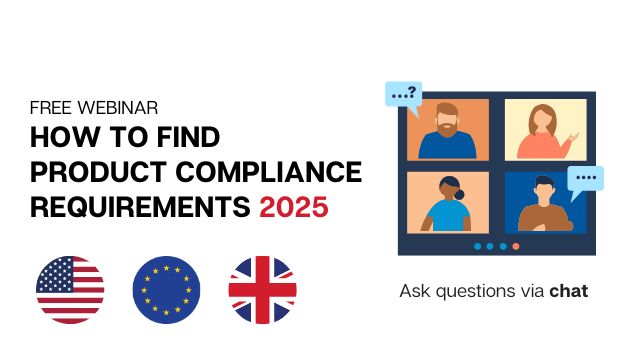



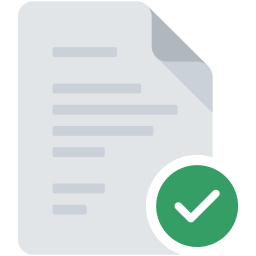








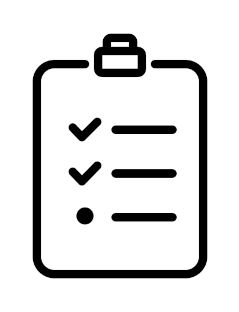


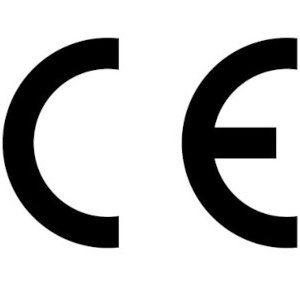




.png)
.png)
.png)
